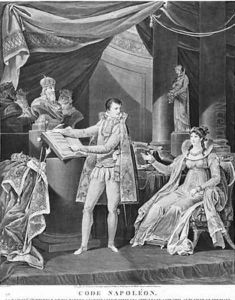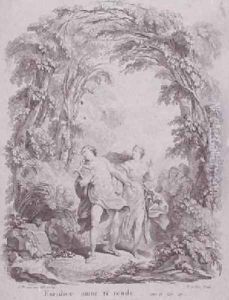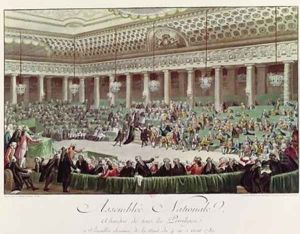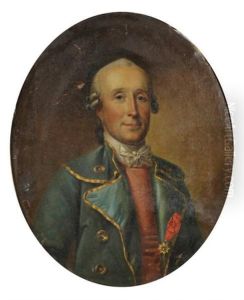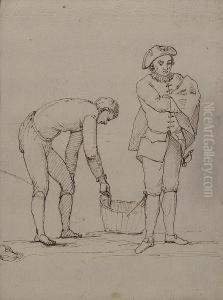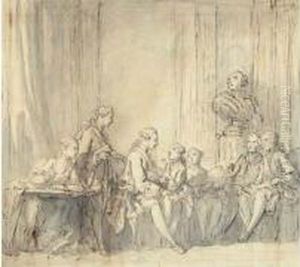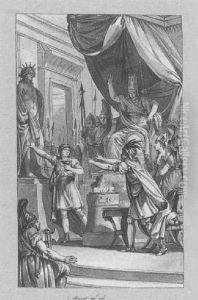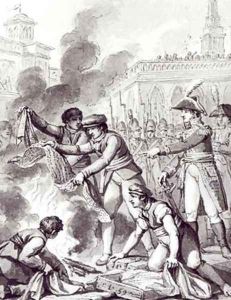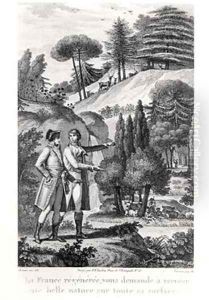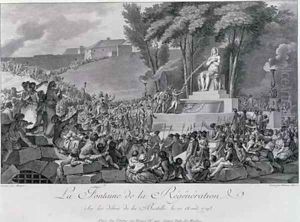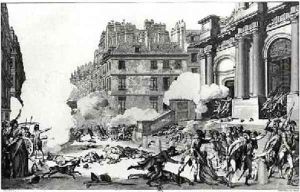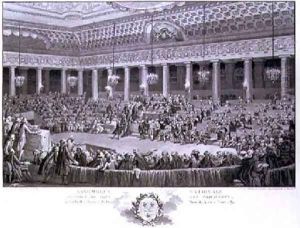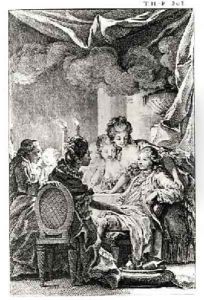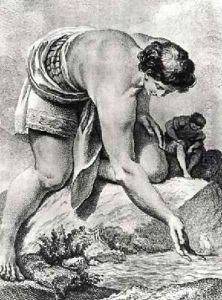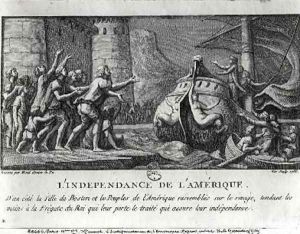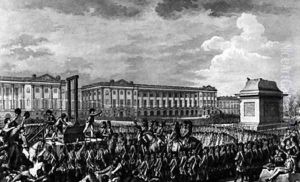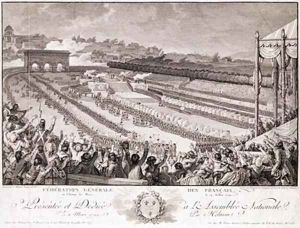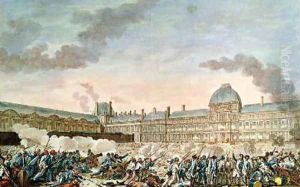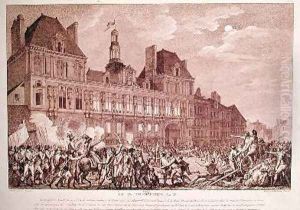Charles Monnet Paintings
Charles Monnet was a French illustrator and painter, born in 1732 in Paris, France. Monnet was primarily known for his historical and allegorical scenes, as well as his contributions as an illustrator. His works were characterized by the precision of his drawing and the clear, vivid colors he employed.
Monnet received his artistic training in Paris and was influenced by the French classical baroque traditions prevalent during his time. He was active during a period in France that was marked by significant social and political change, which culminated in the French Revolution at the end of the 18th century.
Throughout his career, Monnet produced a number of illustrations for books, which were an important medium for disseminating knowledge and ideas before the widespread use of photography. His illustrations often contained elements of neoclassicism, which was becoming increasingly popular during the latter half of the 18th century, as seen in the works of artists like Jacques-Louis David.
Despite his contributions, Charles Monnet's work did not gain the same level of recognition as some of his contemporaries. However, his illustrations remain valuable for their historical content and artistic merit. These works provide insights into the intellectual and cultural milieu of pre-revolutionary France.
Monnet's career eventually was overshadowed by the political upheavals of the French Revolution and the rise of new artistic movements. He died in 1808, having witnessed the dramatic transformations of his country. His legacy is preserved in the collections of various museums and libraries, where his illustrations serve as a window into the past and a reflection of the artistic styles that prevailed during his lifetime.
